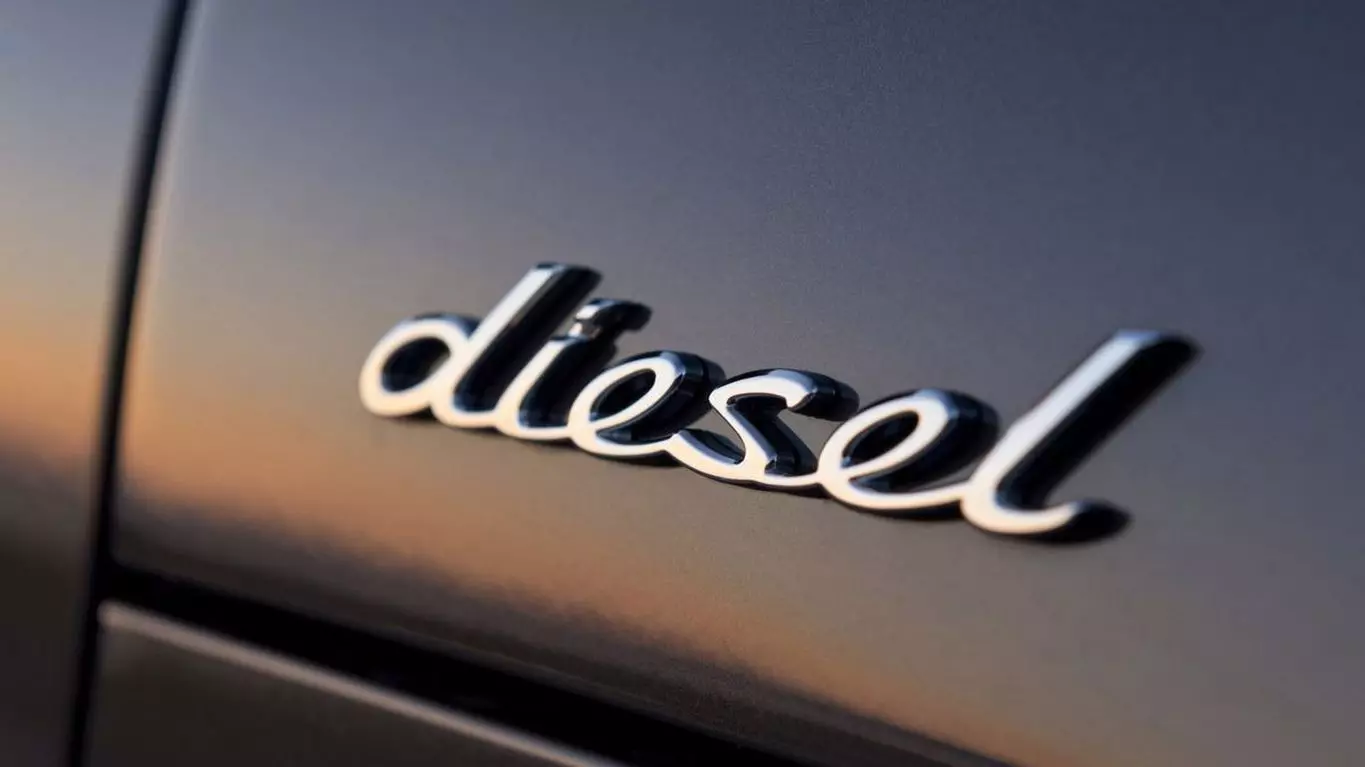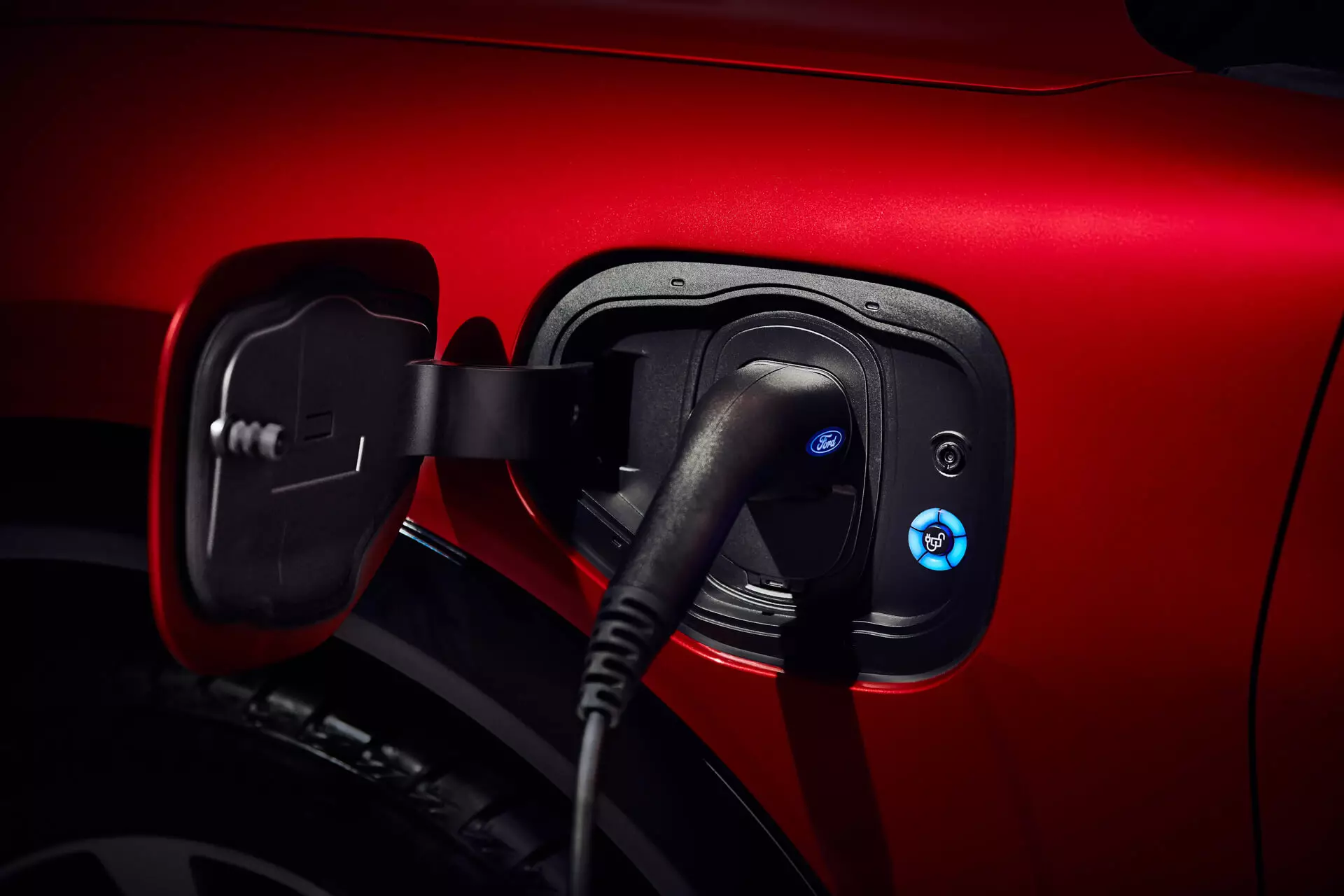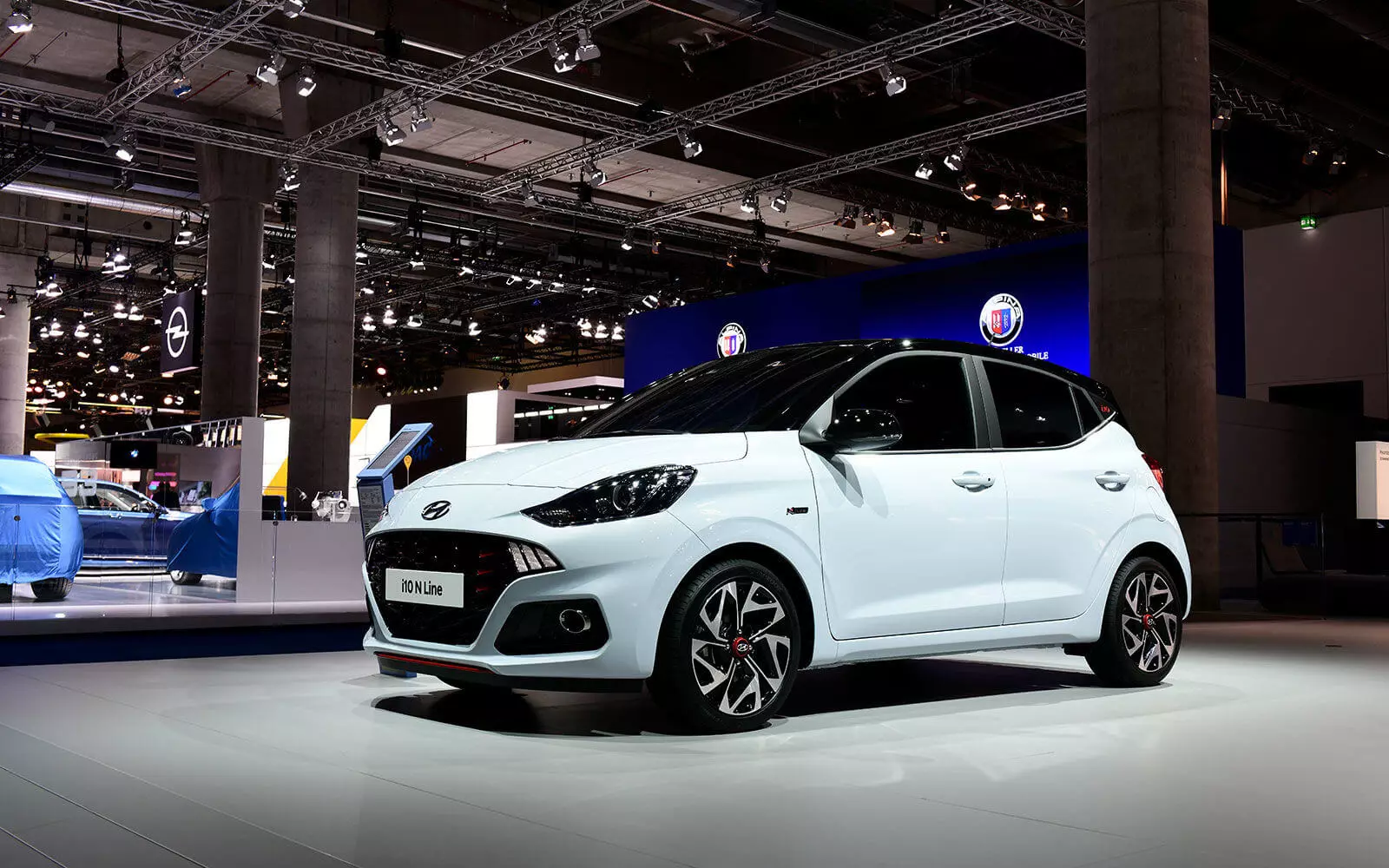The superstitious fear the number 13, the Chinese the number 4, the Christian religion the 666, but the number most feared by the auto industry must be the number 95. Why? It is the number corresponding to the average CO2 emissions that must reach by 2021 in Europe: 95 g/km . And it is also the number, in euros, of the fine to be paid per car and per gram above the stipulated in case of non-compliance.
The challenges to be overcome are enormous. This year (2020) the 95 g/km target will have to be reached in 95% of the total sales of its ranges — the remaining 5% are left out of the calculations. In 2021, 95 g/km will have to be reached in all sales.
What happens if they don't reach the proposed goals?
Fines… pretty hefty fines. As mentioned, 95 euros for every extra gram and for every car sold. In other words, even if they are only 1 g/km above the stipulated, and sell one million vehicles a year in Europe, that's 95 million euros in fines — forecasts, however, point to much higher non-compliance.

different goals
Despite the global target being 95 g/km of average CO2 emissions, each manufacturer has a specific target to reach, with the value depending on the average mass (kg) of its range of vehicles.Subscribe to our newsletter
For example, FCA (Fiat, Alfa Romeo, Jeep, etc…) predominantly sells more compact and light vehicles, so it will have to reach 91 g/km; Daimler (Mercedes and Smart), which sells mostly larger and heavier vehicles, will have to reach a target of 102 g/km.
There are other manufacturers with sales below 300,000 units a year in Europe that will be covered by various exemptions and derogations, such as Honda and Jaguar Land Rover. In other words, they won't necessarily have to reach their individual goals. However, there is an emission reduction map for these manufacturers agreed with the regulators (EC) — these exemptions and derogations will be phased out by 2028.
The challenges
Regardless of the value to be achieved by each builder, the mission will not be easy for any of them. Since 2016, the average CO2 emissions of new cars sold in Europe have not stopped increasing: in 2016 they reached a minimum of 117.8 g/km, in 2017 they rose to 118.1 g/km and in 2018 they rose to 120, 5 g/km — data for 2019 are lacking, but not favorable.
Now, by 2021 they will have to fall by 25 g/km, a huge precipice. What happened to emissions to start rising after years and years of decline?
The main factor, the Dieselgate. The main consequence of the emissions scandal was the sharp drop in sales of cars with diesel engines in Europe — in 2011 the share reached a peak of 56%, in 2017 it was 44%, in 2018 it fell to 36%, and in 2019 , was around 31%.
Manufacturers relied on Diesel technology — more efficient engines, therefore less consumption and CO2 emissions — to more easily reach the ambitious goal of 95 g/km.

Contrary to what would be desirable, the “hole” left by the drop in Diesel sales was not occupied by electric or hybrids, but by the gasoline engine, whose sales rose significantly (they are the best-selling type of engine in Europe). Even though they have evolved technologically, the truth is that they are not as efficient as Diesel ones, they consume more and, as a result, emit more CO2.
One of the other factors is called an SUV. In the decade now ending, we've seen the SUV arrive, see and win. All other typologies saw their sales decline, and with SUV shares (still) growing, emissions could only go up. It is not possible to get around the laws of physics — an SUV/CUV will always be more wasteful (thus more CO2) than an equivalent car, as it will always be heavier and with worse aerodynamics.
Another factor reveals that the average mass of new vehicles sold in Europe has not stopped growing. Between 2000 and 2016, the increase was 124 kg — which is equivalent to an estimated 10 g/km more on average of CO2. “Blame yourself” on the car's increasing levels of safety and comfort, as well as the choice of bigger and heavier SUVs.
How to meet the goals?
No wonder we've seen so many plug-in and electric hybrids unveiled and launched — even mild-hybrids are important to builders; There may be a few grams you cut in the WLTP cycle tests, but they all count.
However, it will be plug-in hybrids and electric ones that are crucial to the 95 g/km goal. The EC created a system of “super credits” to encourage the sale of vehicles with very low emissions (below 50 g/km) or zero emissions by manufacturers.
Thus, in 2020, the sale of a plug-in or electric hybrid unit will count as two units for the calculation of emissions. In 2021 this value drops to 1.67 vehicles for each unit sold and in 2022 to 1.33. Even so, there is a limit to the benefits of the “super credits” during the next three years, which will be 7.5 g/km of CO2 emissions per manufacturer.

It is these “super credits” applied to plug-in and electric hybrids — the only ones that achieve emissions below 50 g/km — the main reason why most builders decided to start marketing these only in 2020, despite the fact that the terms were known. and even conducted in 2019. Any and all sales of this type of vehicle will be crucial.
Despite the abundance of electrical and electrified proposals for 2020 and subsequent years, and even if they sell in the numbers necessary to avoid fines, a significant loss of profitability for builders is expected. Why? Electric technology is expensive, very expensive.
Compliance costs and fines
Compliance costs, which include not only the adaptation of internal combustion engines to emission standards, but also their increasing electrification, will amount to 7.8 billion euros in 2021. It is estimated that the value of the fines will reach 4, 9 billion euros in the same year. If the builders did nothing to reach the level of 95 g/km, the value of the fines would be approximately 25 billion euros per year.
The numbers are clear: a mild-hybrid (5-11% less in CO2 emissions when compared to a conventional car) adds between 500 and 1000 euros to the cost of producing a car. Hybrids (23-34% less in CO2) add between approximately 3000 to 5000 euros, while an electric costs an additional 9,000-11,000 euros.
In order to put hybrids and electrics in sufficient numbers on the market, and not pass the additional cost on to the customer entirely, we may see many of them being sold at cost price (no profit for the builder) or even below this value, at a loss for the constructor. The most impressive thing is that, even selling at a loss, it may be the most economically viable measure for the builder, when compared to the value that fines can reach — we'll be right there...
Another way to meet the ambitious 95 g/km target is to share emissions with another manufacturer that is in a better position to meet. The most paradigmatic case is that of FCA, which is going to pay Tesla, allegedly, 1.8 billion euros so that the sales of its vehicles — CO2 emissions equal to zero, as they only sell electric — are counted towards its calculations. The group has already announced that it is a temporary measure; by 2022 it should be able to meet its goals without Tesla's help.
Will they be able to meet the 95 g/km target?
No, according to most reports published by analysts — it is estimated that, in general, the average CO2 emissions in 2021 will be 5 g/km above the stipulated 95 g/km, that is, in the 100 g/km km. That is, despite having to deal with high compliance costs, it may still not be enough.
According to the report by Ultima Media, FCA, BMW, Daimler, Ford, Hyundai-Kia, PSA and the Volkswagen Group are the builders at risk of paying fines in 2020-2021. The Renault-Nissan-Mitsubishi Alliance, Volvo and Toyota-Mazda (which have joined forces to calculate emissions) must meet the imposed target.

FCA, even with the association with Tesla, is the automobile group with the highest risk, also corresponding to one of the highest values in fines, around 900 million euros per year. It remains to be seen how the merger with PSA will affect the calculation of emissions of both in the future — despite the announced merger, it has yet to materialize.
Razão Automóvel is aware that, in the case of PSA, the monitoring of emissions from new cars sold is carried out on a daily basis, country by country, and reported to the «parent company» to avoid slippage in the annual calculation of emissions.
In the case of the Volkswagen Group, the risks are also high. In 2020, the value of the fine is expected to reach 376 million euros, and 1.881 billion in 2021(!).
Consequences
The average CO2 emissions of 95 g/km that Europe wants to achieve — one of the lowest values to be achieved by the car industry in the whole planet — will naturally have consequences. Even though there is a bright light at the end of the tunnel after this period of transition to a new automotive reality, the crossing will be tough for the entire industry.
Starting with the profitability of builders operating in the European market, which promises to drop significantly in the next two years, not only because of the high compliance costs (massive investments) and potential fines; a contraction of the main global markets, Europe, USA and China, is expected in the coming years.
As we mentioned before, the turn to electrification is also the main cause for the already announced 80,000 redundancies — we can add the recently announced 4100 redundancies by Opel in Germany.
The EC, by wanting to take the lead in reducing CO2 emissions in cars (and commercial vehicles) also makes the European market less attractive for manufacturers — it was no coincidence that General Motors gave up its presence in Europe when it sold Opel .

And not forgetting city dwellers, who are (the vast majority) likely to be pushed out of the market due to high compliance costs — even making them mild-hybrid, as we've seen, can add large hundreds of euros to the cost of production per unity. If Fiat, the undisputed leader of the segment, is considering leaving the segment migrating its models from segment A to segment B… well, that's all.
It's easy to see why the number 95 should be the most feared by the car industry in the coming years… But it will be short-lived. In 2030 there is already a new level of average CO2 emissions to be reached by the automobile industry in Europe: 72 g/km.
